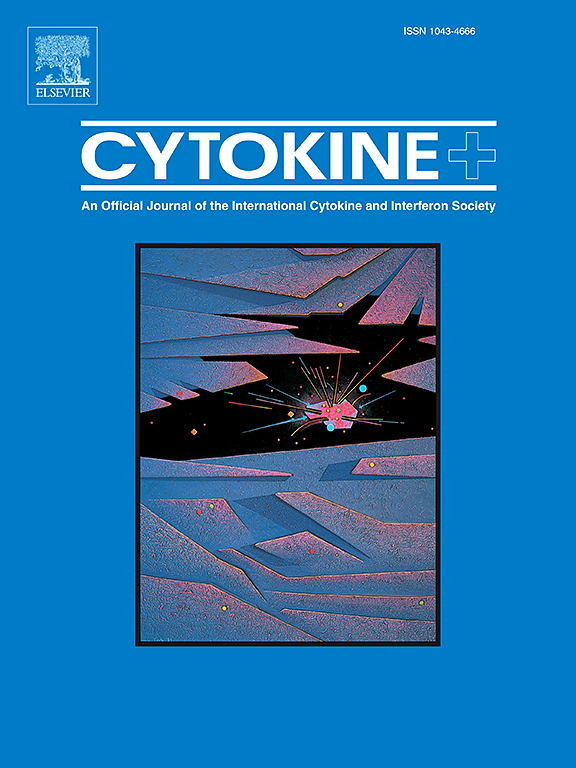Eliminating myeloid-derived suppressor cells alleviates immunosuppression and reduces susceptibility to secondary infections in a two-hit sepsis model
IF 3.7
3区 医学
Q2 BIOCHEMISTRY & MOLECULAR BIOLOGY
引用次数: 0
Abstract
Myeloid-derived suppressor cells (MDSCs) are known for their immunosuppressive effects on both innate and adaptive immunity, particularly targeting T cells, and they undergo continuous expansion during sepsis. However, the pathophysiological significance of MDSCs in sepsis-induced immunosuppression remains to be fully elucidated. In this study, we investigated the dynamic changes in MDSCs during sepsis and their contribution to sepsis-induced immunosuppression using a clinically relevant “two-hit” sepsis model. Our findings revealed that mice surviving cecal ligation and puncture (CLP) exhibited a significant accumulation and enhanced activity of MDSCs, which correlated with sepsis-related immune paralysis, impaired bacterial clearance, and heightened susceptibility to secondary infections. Importantly, administration of the liver X receptor (LXR) agonist GW3965 at the late stage of sepsis significantly restored immune function, decreased susceptibility to secondary infections, enhanced bacterial clearance, and improved prognosis by eliminating MDSCs. These results highlight the pivotal role of MDSCs in the development of sepsis-associated immunosuppression and indicate that targeting MDSCs could be a promising therapeutic approach to mitigate immunosuppression in sepsis.

消除髓源性抑制细胞减轻免疫抑制和降低易感性继发感染在一个两击败血症模型
髓源性抑制细胞(MDSCs)以其对先天免疫和适应性免疫的免疫抑制作用而闻名,特别是针对T细胞,并且它们在败血症期间持续扩增。然而,MDSCs在脓毒症诱导的免疫抑制中的病理生理意义仍有待充分阐明。在这项研究中,我们使用临床相关的“两击”脓毒症模型研究了脓毒症期间MDSCs的动态变化及其对脓毒症诱导的免疫抑制的贡献。我们的研究结果显示,在盲肠结扎和穿刺(CLP)中存活的小鼠表现出显著的MDSCs积累和活性增强,这与败血症相关的免疫瘫痪、细菌清除受损以及对继发感染的易感性增加相关。重要的是,在脓毒症晚期给予肝脏X受体(LXR)激动剂GW3965可显著恢复免疫功能,降低继发性感染的易感性,增强细菌清除率,并通过消除MDSCs改善预后。这些结果强调了MDSCs在脓毒症相关免疫抑制发展中的关键作用,并表明靶向MDSCs可能是缓解脓毒症免疫抑制的一种有希望的治疗方法。
本文章由计算机程序翻译,如有差异,请以英文原文为准。
求助全文
约1分钟内获得全文
求助全文
来源期刊

Cytokine
医学-免疫学
CiteScore
7.60
自引率
2.60%
发文量
262
审稿时长
48 days
期刊介绍:
The journal Cytokine has an open access mirror journal Cytokine: X, sharing the same aims and scope, editorial team, submission system and rigorous peer review.
* Devoted exclusively to the study of the molecular biology, genetics, biochemistry, immunology, genome-wide association studies, pathobiology, diagnostic and clinical applications of all known interleukins, hematopoietic factors, growth factors, cytotoxins, interferons, new cytokines, and chemokines, Cytokine provides comprehensive coverage of cytokines and their mechanisms of actions, 12 times a year by publishing original high quality refereed scientific papers from prominent investigators in both the academic and industrial sectors.
We will publish 3 major types of manuscripts:
1) Original manuscripts describing research results.
2) Basic and clinical reviews describing cytokine actions and regulation.
3) Short commentaries/perspectives on recently published aspects of cytokines, pathogenesis and clinical results.
 求助内容:
求助内容: 应助结果提醒方式:
应助结果提醒方式:


